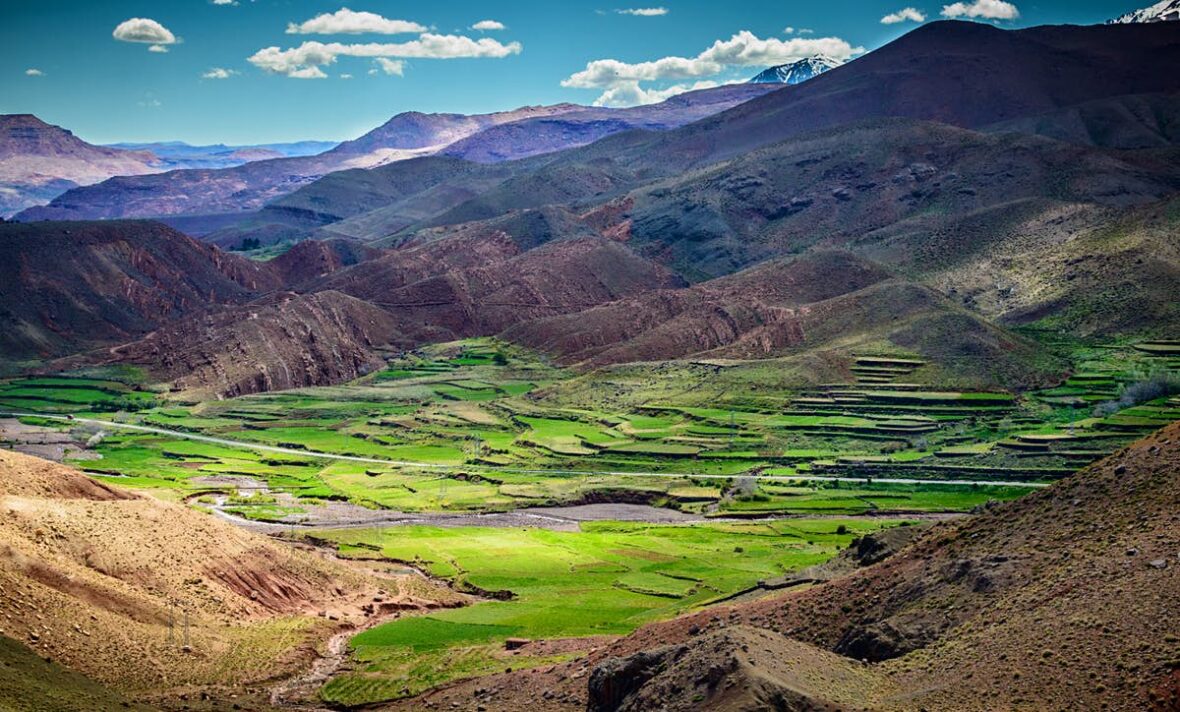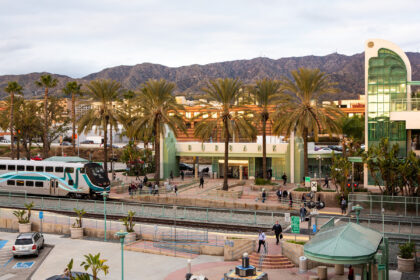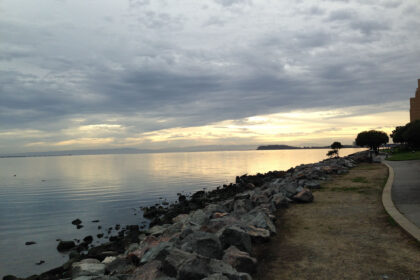Are you an adventurer? If you are, you’re probably familiar with the Atlas Mountains. Famous for the mountain peaks, they spread alongside the north-western portion of the African continent through modern-day Morocco, Algeria, and Tunisia. The great lovers of trekking can find a wide variety of routes to explore this incredible mountain range. Take a look below for 30 amazing and fascinating facts about the Atlas Mountains.
1. The Atlas Mountains stretch about 1,600 miles (2,500 kilometres) across Morocco, Algeria, and Tunisia.
2. The coastlines of the Mediterranean and Atlantic are separated from the Sahara Desert with the Atlas Mountains.
3. The mountains have a “strong” name after Atlas, the ancient Titan, an immortal being from Greek mythology.
4. Atlas Mountain range’s terrain is quite difficult to cross due to its extremely high peaks, reaching 13,671 feet (4,167 meters). It’s highly challenging for travelers and the journey is full of risks.
5. Tourists find the Atlas Mountains temperature gap extreme. At first, the temperature is hot and warm but as you reach up, it gets cold. Still, it’s perfect if you’re an adventurer.
6. Located in Morocco, Toubkal with a height of 4,167 meters is the highest mountain point in the range in North Africa. It’s surrounded by high snow-capped peaks.
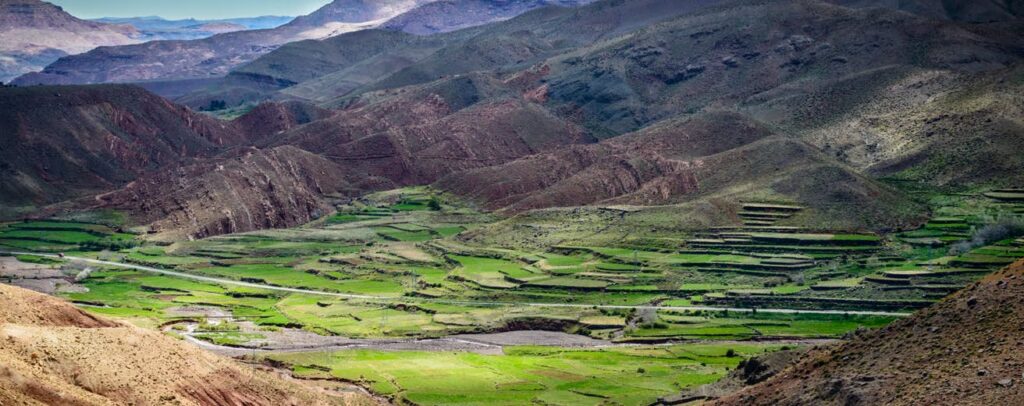
7. The second and third highest peaks in the Atlas Mountains range are on the mountain Ouanoukrim in Morocco. The two peaks are Timzguida, 3,415 feet (4,089 meters) high, and Ras Ouanoukrim that extends to 13,396 feet (4,083 meters).
8. Many tourists are attracted by the glorious Atlas Mountains. It’s a great travel destination for people who enjoy hiking and mountain climbing. It’s also a place with incredible views.
9. High Atlas and Middle Atlas ranges’ slopes have dense forests rich with trees including pine, oak, and cedar trees.
10. The Atlas Mountains are also rich in natural and mineral reserves. The mineral reserves include gold, silver, zinc, lead, and iron.
11. The Atlas Mountains have several passes that provide tracks between the coast and the Sahara Desert.
12. Most of the habitats around the Atlas are small villages, rather than cities. The Berber People are the most famous and numerous of the Atlas populations.
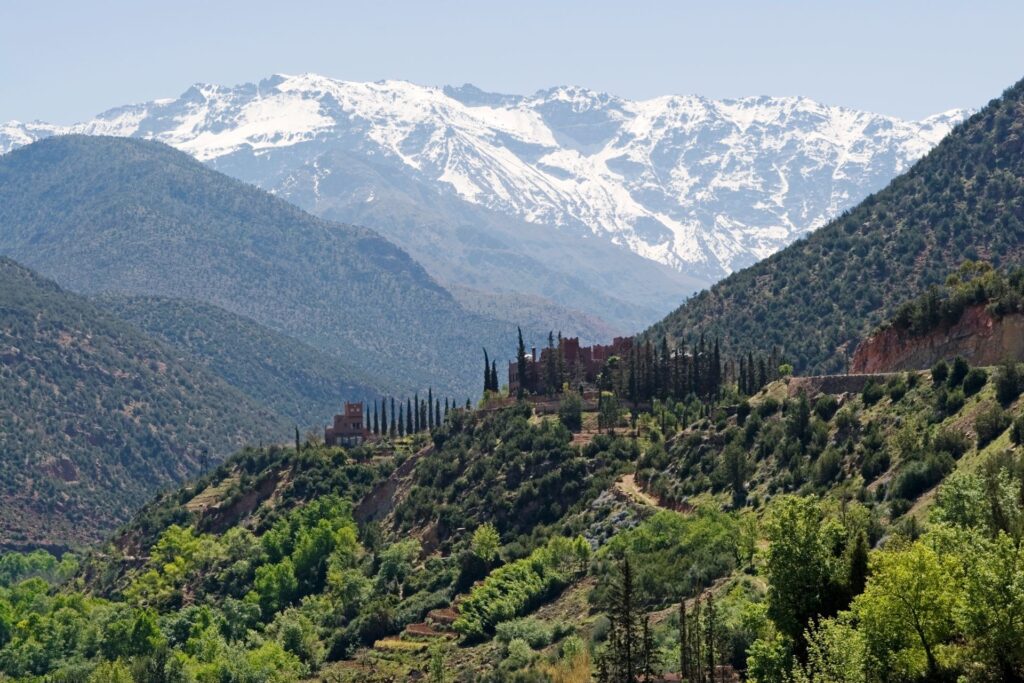
13. The Atlas Mountain range has been home to the Berber people, a North African culture that has lived there for thousands of years. They’ve been traced back to at least 3000 B.C.
14. During the French protectorate in Morocco (1912–56), great changes occurred, changing the way of life of the Middle Atlas inhabitants.
15. The Atlas Mountains are a series of ranges separated by extensive areas of land, which are called plateaus.
16. The first phase of Atlas Mountain formation began over 80 million years ago. This stage was comprised of a string of continental collisions between African and Eurasian plates.
17. In the second stage of geological development when the continents broke apart, many sedimentary basins were formed, including the Atlas Mountain Range.
18. The last stage of geological development was manifested by a massive continental collision between the southern end of the Iberian Peninsula and the European plate.
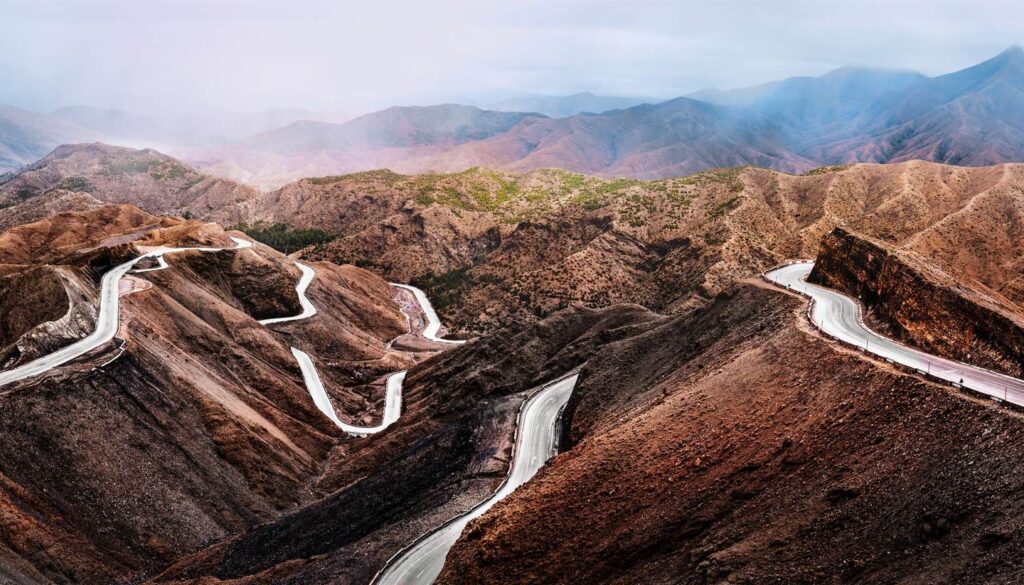
19. There are 4 regions within the Atlas Mountains.
20. The first region has three ranges, all of them located in Morocco. These three ranges are known as Middle Atlas, High Atlas, and Anti-Atlas ranges.
21. The High Atlas range, also known as the Grand Atlas is the highest in the Atlas Mountains.
22. Located in Algeria the second region is the Saharan Atlas.
23. Located in Algeria and Tunisia the third region is the Tell Atlas
24. The fourth region is called the Aurès Mountains, situated in Algeria and Tunisia. The region is the eastern end of the Atlas mountain range.
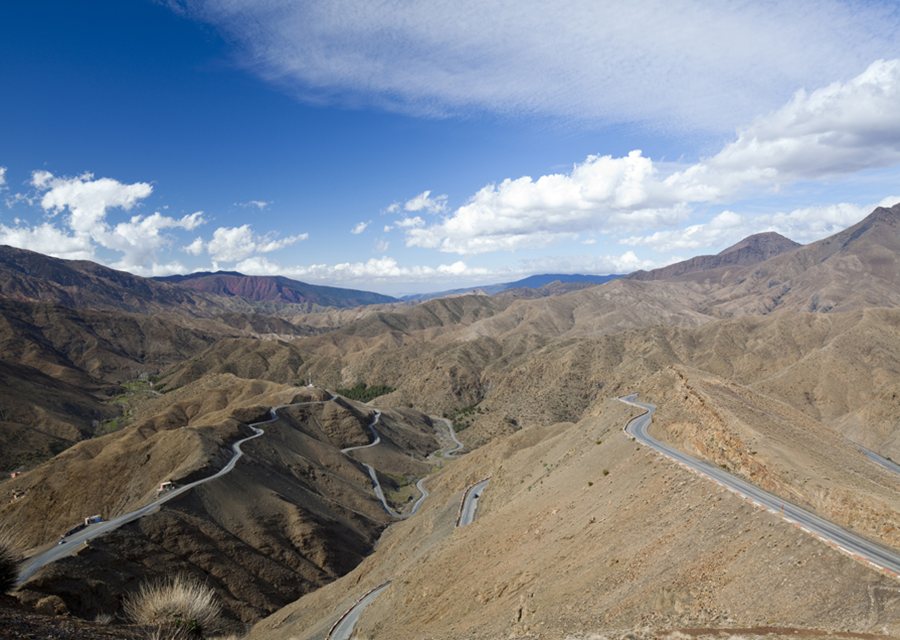
25. The Aurès Mountains are formed of long parallel pleats, which reach a height of 7,638 feet at Mount Chelia.
26. Located in the centre of the Tell Atlas range, the city of Blida, underwent a fatal blow in the 19th century from a strong earthquake. The city with 265,000 inhabitants was totally destroyed.
27. The Atlas bear which is now extinct used to live in the Atlas Mountains. Also, the Atlas Mountains were home to the Barbary lion and the North African elephant until they were extinct.
28. The Atlas Mountains of Morocco and Algeria represent home to the endangered Barbary leopard. To survive the freezing cold climate of the Atlas Mountains the Barbary leopards have thick coats of fur which helps them survive.
29. The Atlas Mountains are the meeting point of two different kinds of air masses, coming from the north are the humid and cold polar air masses and moving up from the south are the hot and dry tropical air masses.
30. The thick border of the Atlas Mountains range rises to form a high ledge, which makes a barrier obstructing communication. Therefore the people living in the mountains have their internal communication system.

